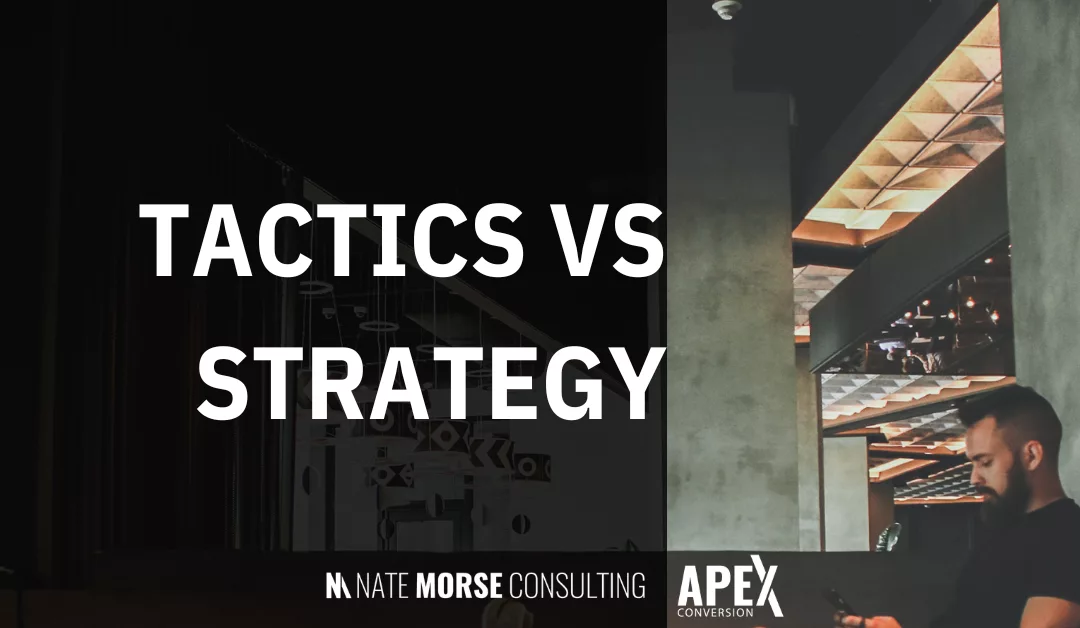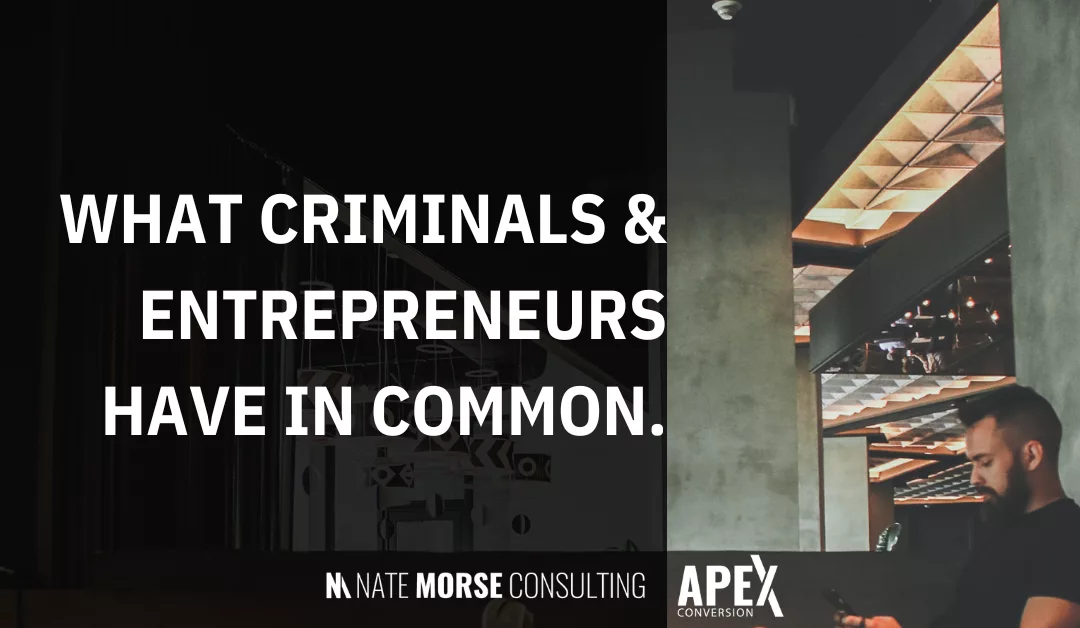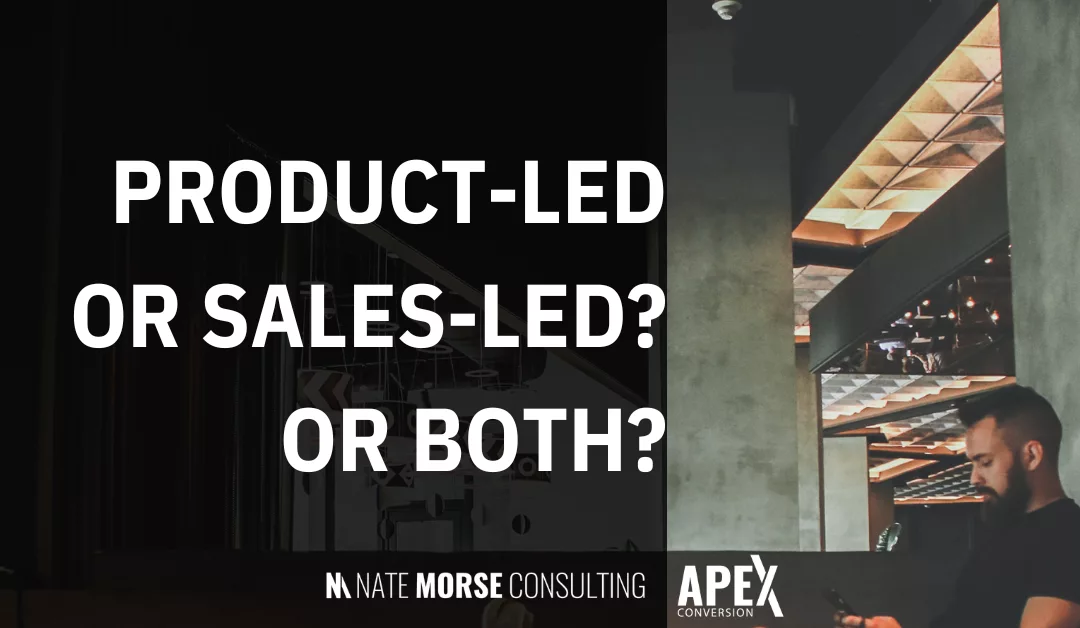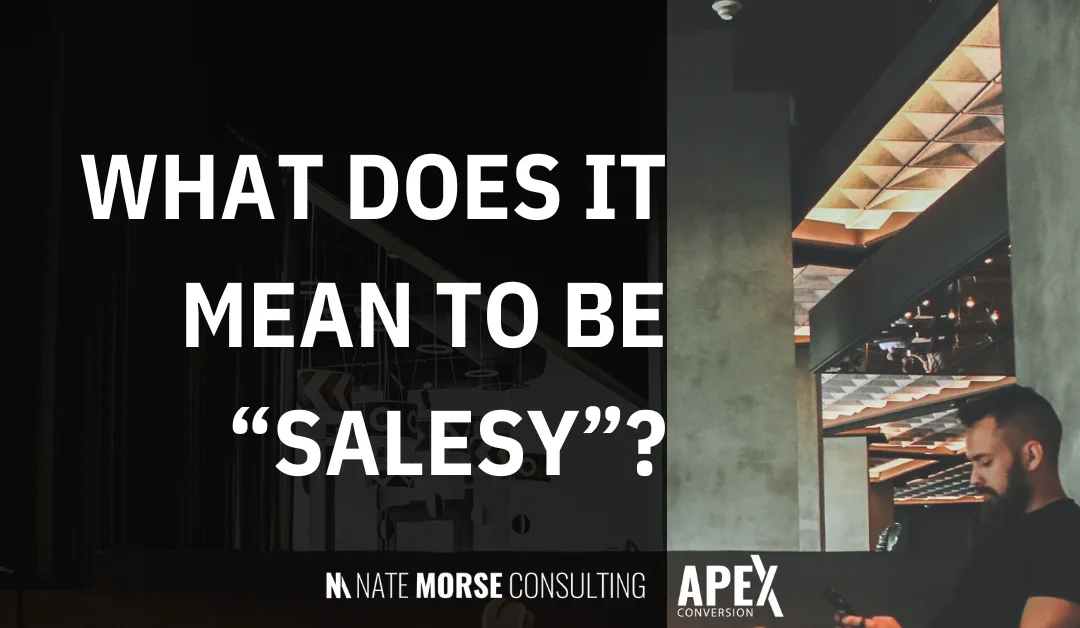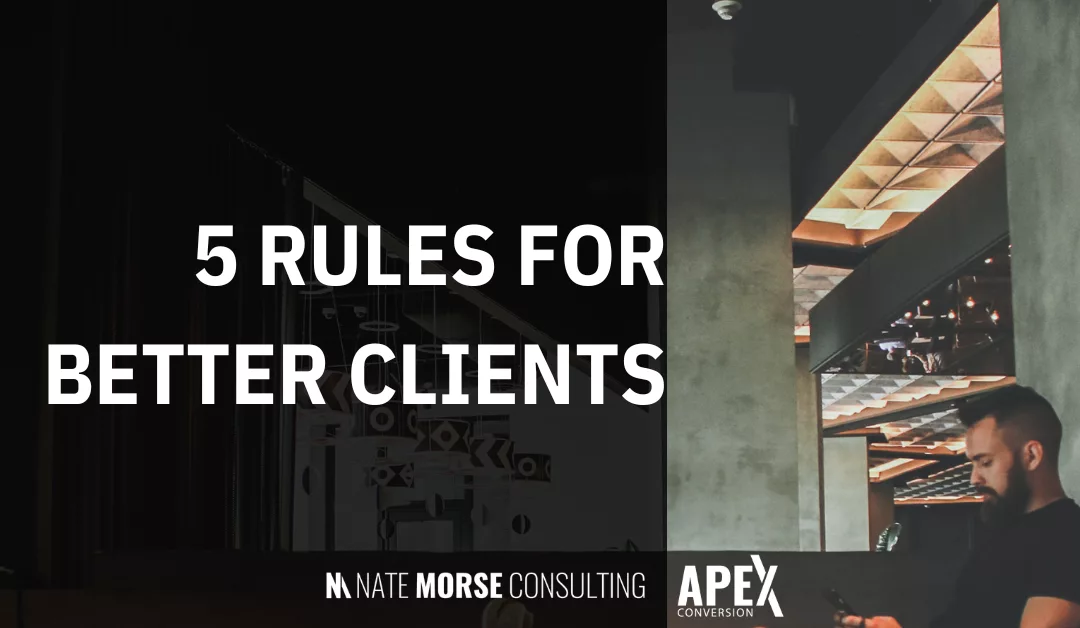
5 rules for better clients
I was on a summit last weekend with some entrepreneurs.
“What makes a “better” client?” I asked the audience.
They all said the pretty much the same thing.
“We want clients who are eager to engage for the long term”
If you’re looking to get “better” clients, then we are going to need to look beyond revenue.
Over the years, with dozens of clients across dozens of states, multiple countries, I have organized a handful of rules.
Here are my 5 Rules for Better Clients:
#1 Alignment with Your Brand Values:
Clients who share your business’s core values tend to have a stronger, more loyal relationship with your brand. They are more likely to become repeat customers and brand advocates.
Brand Alignment is a tricky thing. It exists naturally and helps attract your very first client. However, this alignment tends to get put on the back burner in favor of more clients – wherever they come from.
When you target the right clients, you gain insights that can drive the development of products and services that truly resonate with your key audience.
This alignment is critical in attracting high-value clients who seek solutions that specifically address their unique challenges and goals.
#2 Profitability and Longevity:
Better clients are not just profitable in the short term; they offer long-term financial benefits. They engage in repeat business, purchase higher-value products or services, and are less price-sensitive.
Targeting better clients helps in building a solid base of top clients who not only contribute to immediate sales but also play a key role in sustainable business growth through repeat business, referrals, and brand advocacy.
#3 Constructive Relationship:
These clients are interested in a collaborative relationship. They provide valuable feedback, helping you improve your offerings and business practices.
Targeting better clients leads to a deeper understanding of client needs and preferences. This knowledge allows for the creation of more personalized, relevant experiences, which are crucial for attracting and retaining top clients.
#4 Referrals and Networking Opportunities:
A better client often becomes a source of referrals, helping expand your network and introducing you to other potential high-value clients.
By targeting better clients, businesses can allocate their time, effort, and budget more effectively. Instead of spreading resources thinly across a broad audience, targeting enables you to concentrate on those who are most likely to become your top clients.
#5 Advanced Targeting:
Targeting is not just about narrowing your focus; it’s about intensifying your impact.
It’s a strategic approach to ensure that your efforts are directed towards those who are most likely to become your top clients.
Targeting for an audience is easy. Targeting for a sustainable segment of an audience that engages and aligns with you is substantially more difficult, but worth it.
Which is exactly what we do together inside Outreach Accelerator.
First. we help you audit your current clients as well as current opportunities on LinkedIn.
Then we align your profile to those opportunities with little known “growth hacks”.
Then setup systems to build an audience of qualified prospects in the market for what you offer.
Then focus on a “scaling playbook” of content and messaging that nurtures and converts.
To apply, click here to book a call with me.
P.S. The email version of the newsletter has bonus content. Subscribe here: keys.natemorse.com/newsletter

